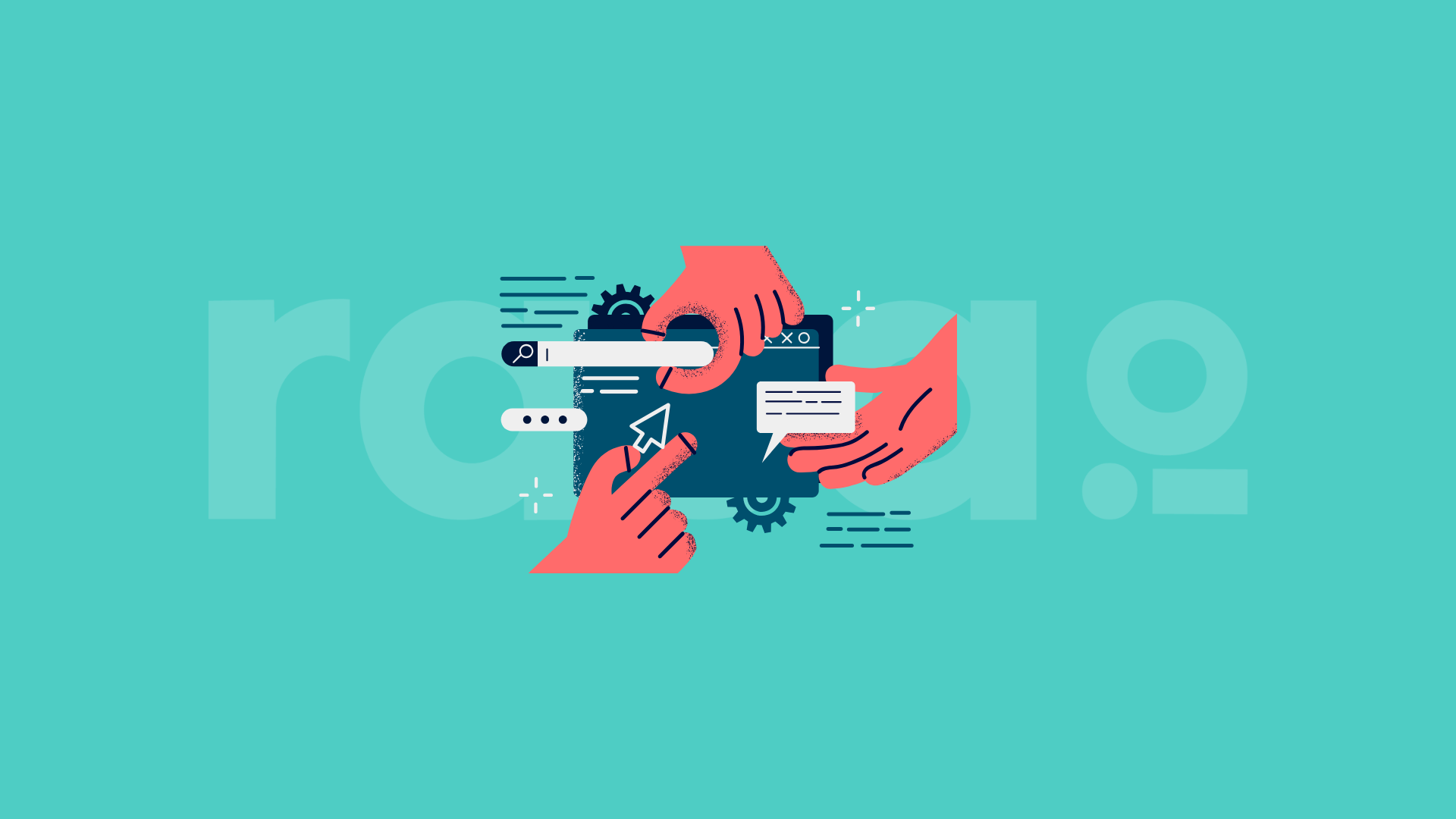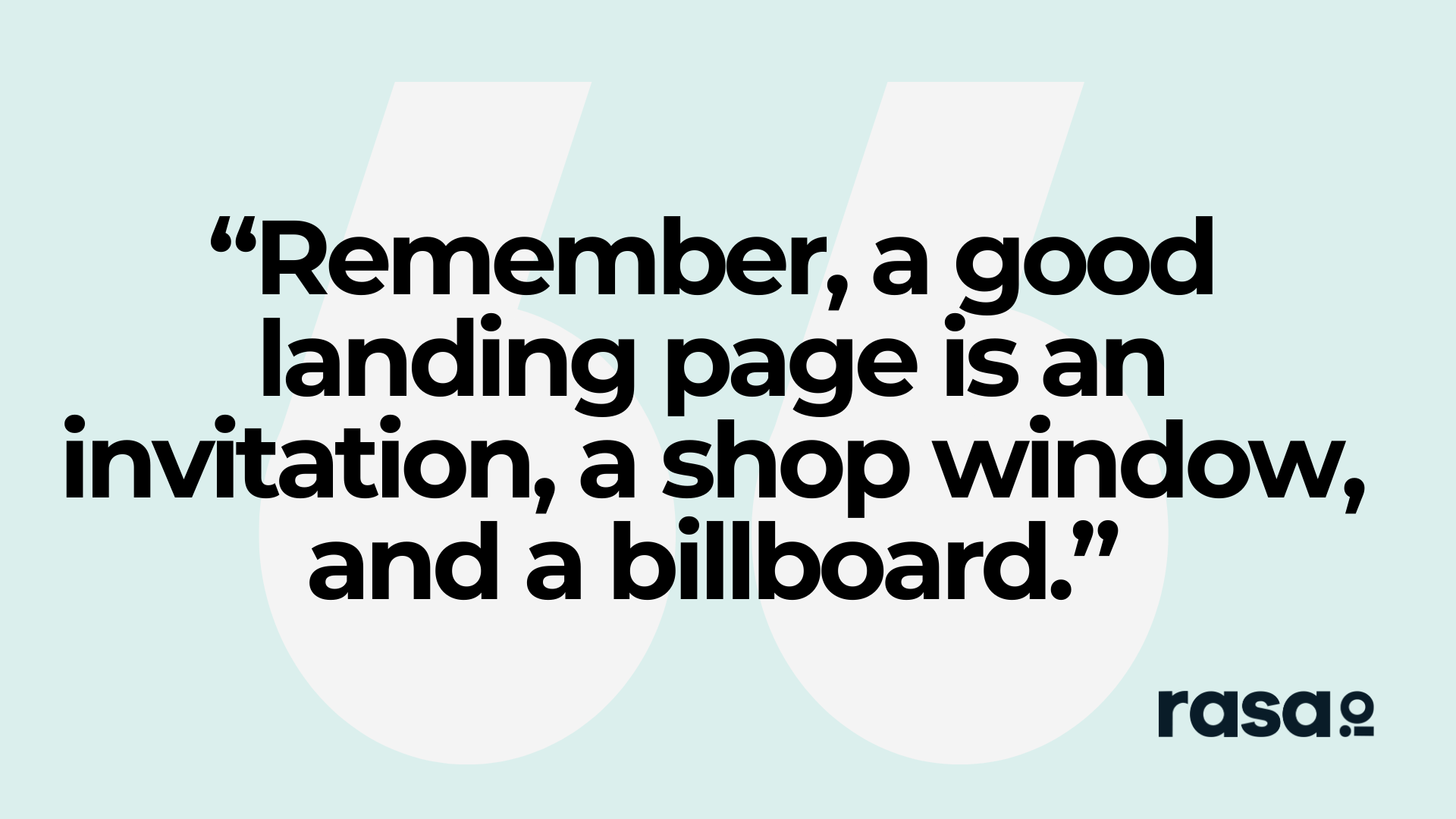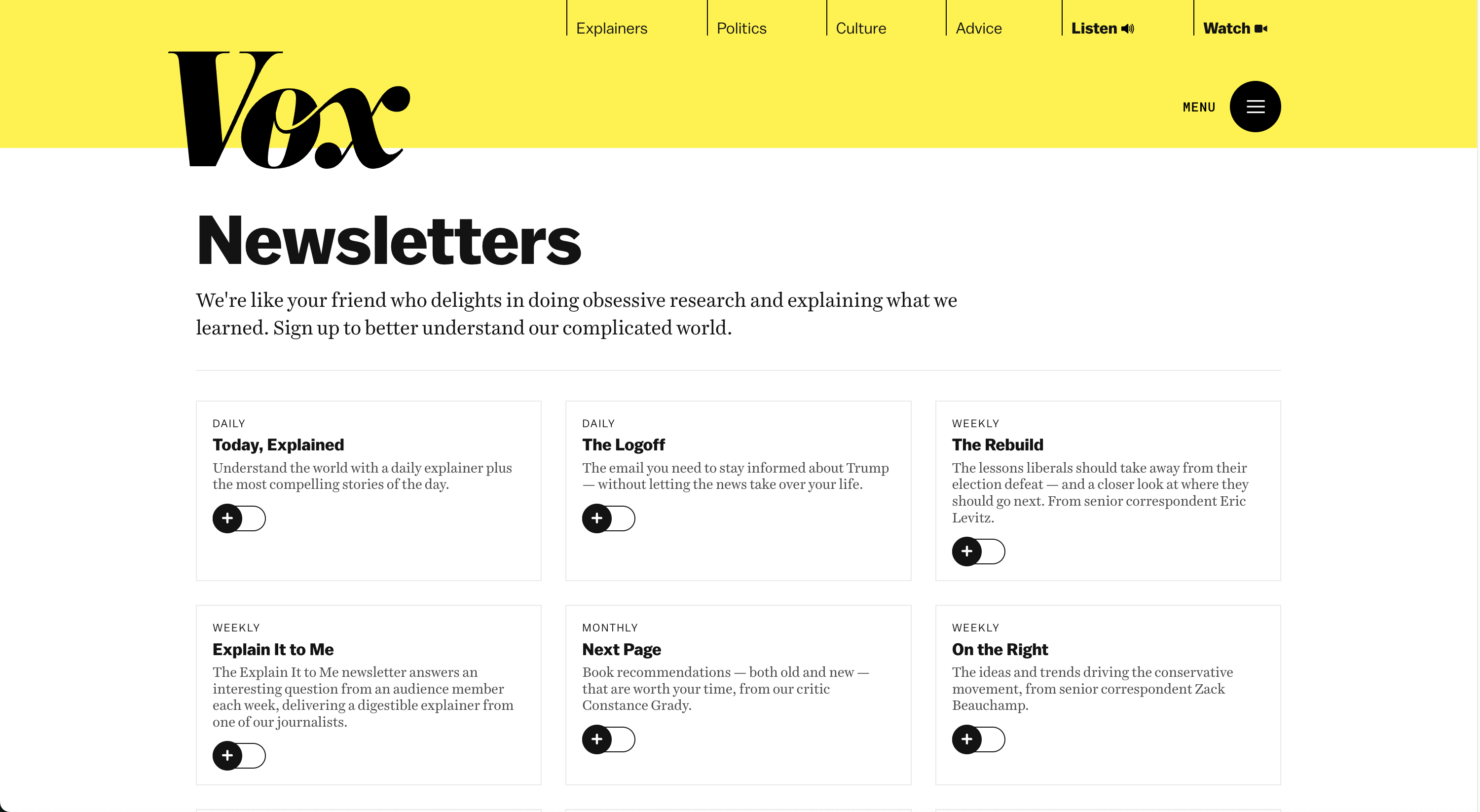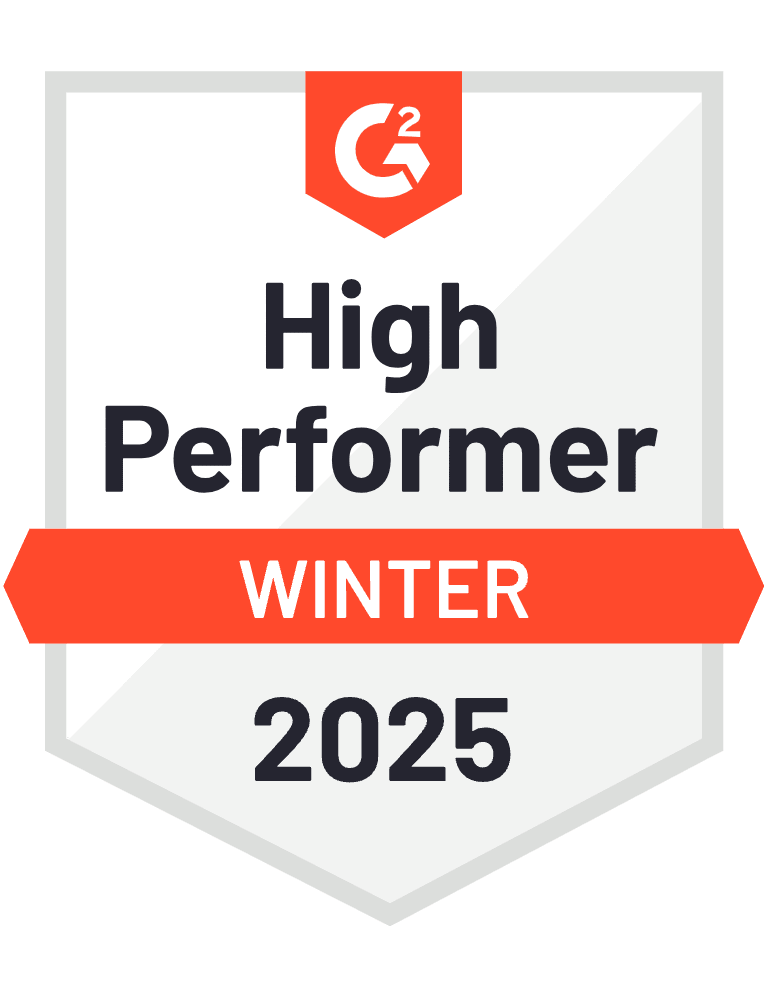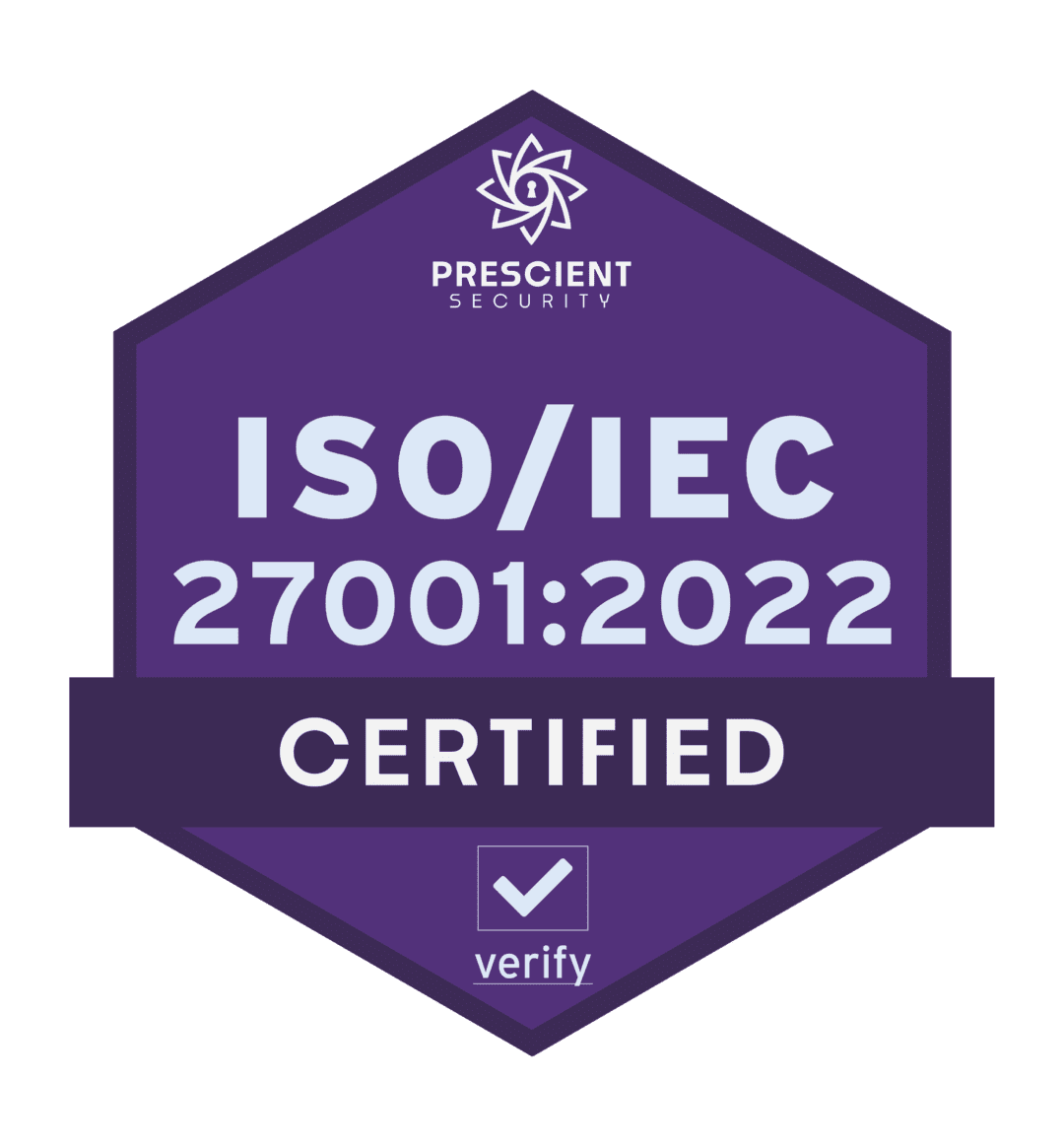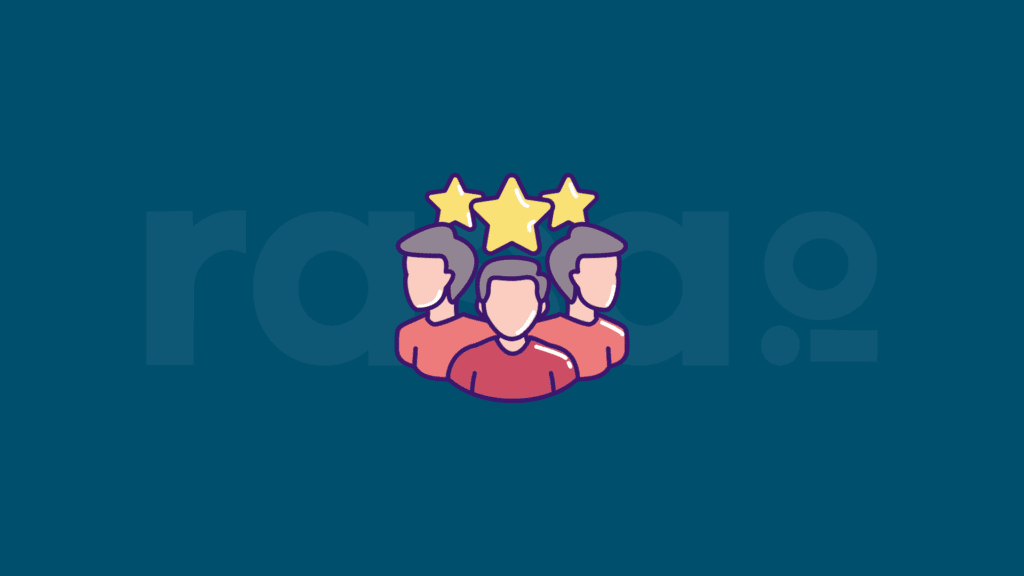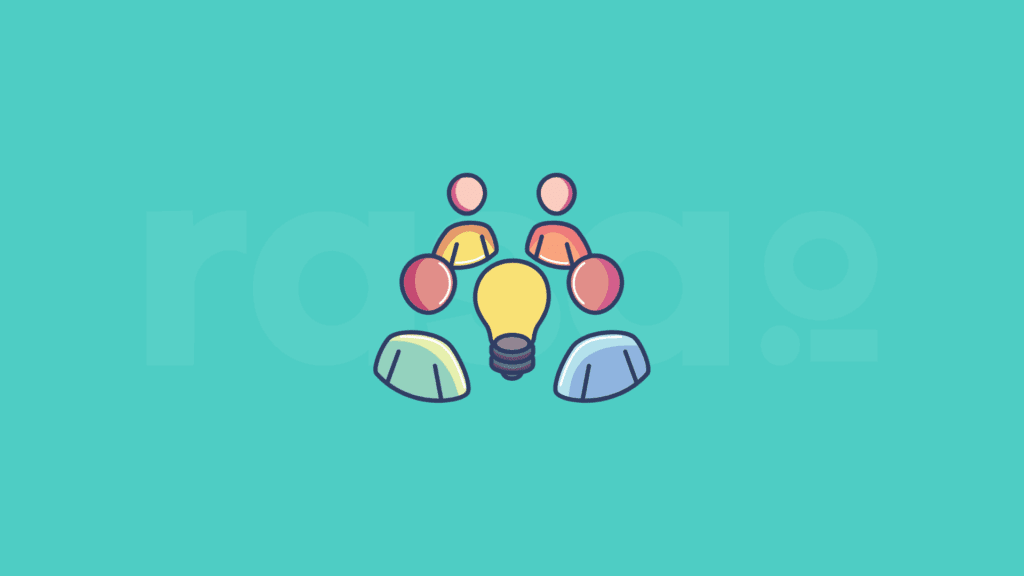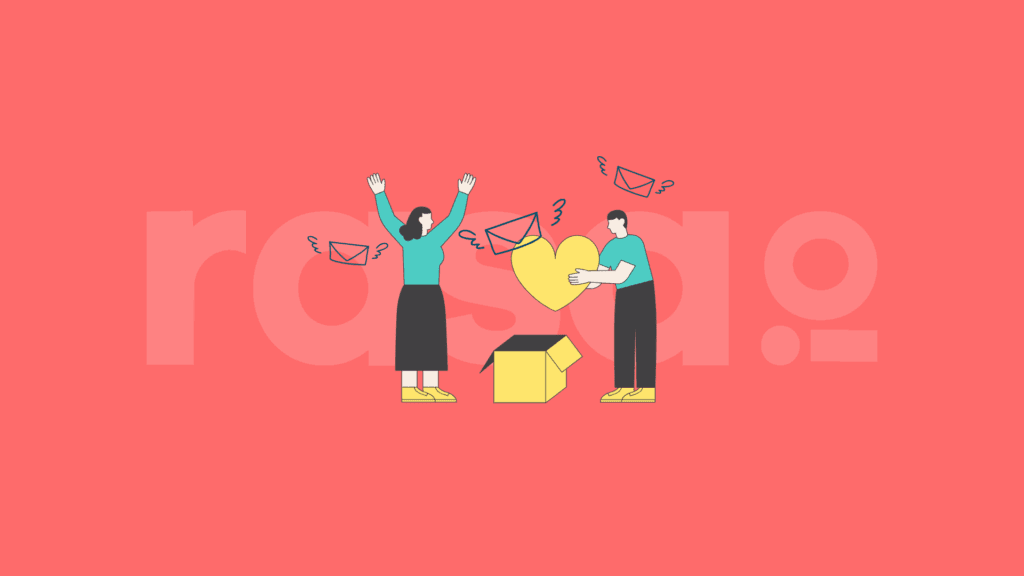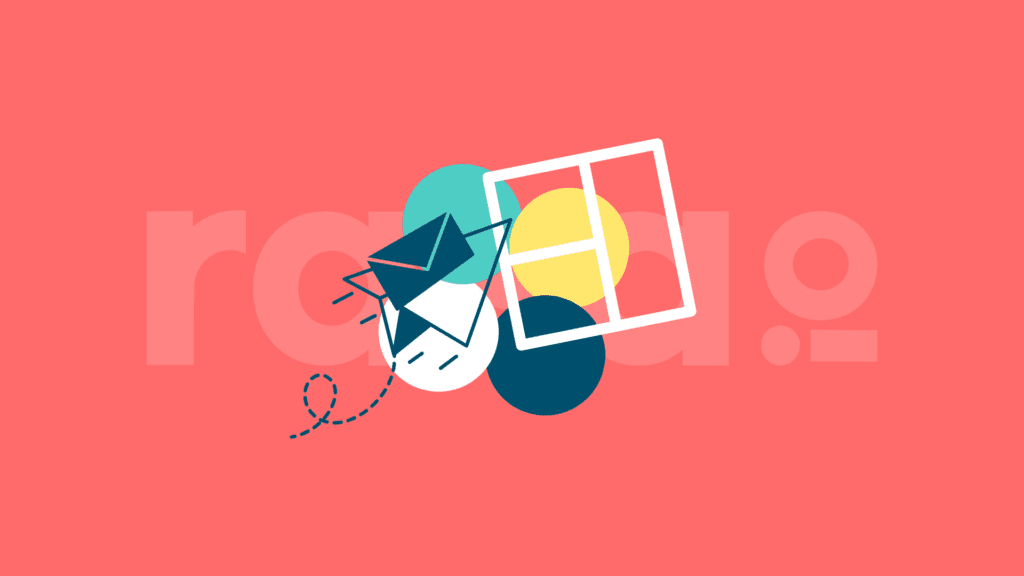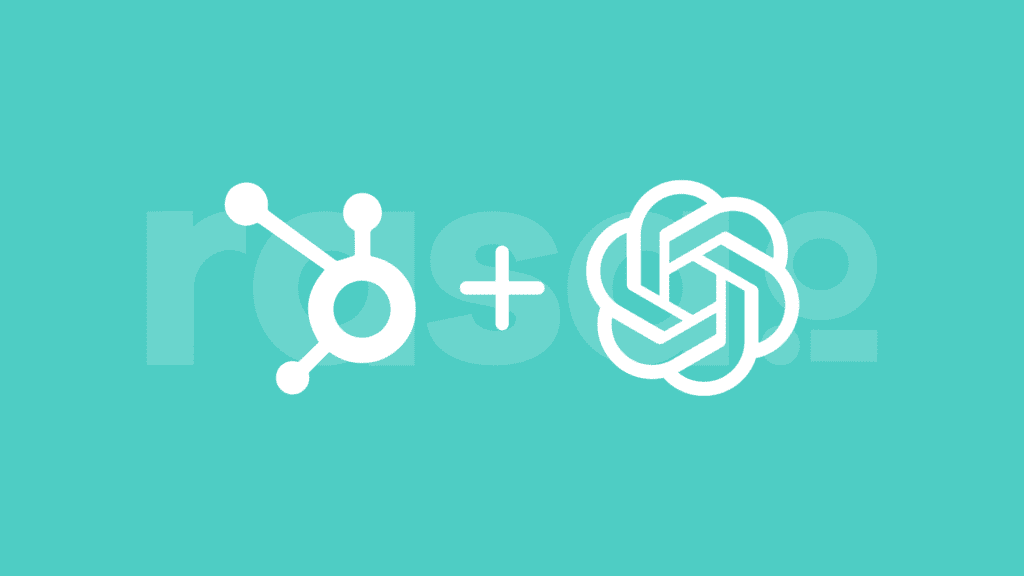If you want to grow your subscriber base, your newsletter landing page is a crucial tool. But what if visitor numbers aren’t translating into signups? If the landing page isn’t encouraging people to stay, it simply isn’t fit for purpose.
Organizations might think that including a CTA button or contact form is all you need. But in reality, your landing page is so much more. You need to pay just as much attention to its content as you do to creating the newsletter itself.
Remember, a good landing page is an invitation, a shop window, and a billboard. For maximum impact on subscriber growth, you should give it the best planning and design you can access.
Let’s look at the importance and benefits of creating a winning landing page and discover how an optimized landing page can boost your subscriber numbers and your business.
Importance of optimizing email newsletter landing pages
Hubspot says 87% of marketers believe email marketing is vital to success. That’s a huge amount of effort and resources focused on email. Yet, without an optimized email landing page, you can’t even begin to reap the rewards marketers are hoping for.
Your newsletters and domain strategy depend on your landing page. Key elements include the headings, images, media, copy, CTAs, UX, and page speed. These components are vital to increasing subscribers and conversions. But they must be well conceived, targeted, designed, and executed.
Landing pages are conversion tools and must function as user-friendly interfaces. To ensure this, you must make them engaging and easy to navigate.
Benefits of an optimized email newsletter landing page
Improving your newsletter landing page will enhance the first impression of your organization. This will provide a better user experience, drive subscriptions, and boost growth.
Landing pages are important marketing tools. Thus, optimizing content, layout, and functionality is unquestionable. Landing page optimization is key to your conversion rate strategy, and your email newsletter landing page is no different.
You must plan every element of a page to maximize user engagement and conversion rates.
There are other good reasons for focusing on your landing page. It’s relatively cost-effective. It is quick to cause an impact. Especially when compared to rebuilding a website, rebranding, or designing a new ad.
Let’s look in more detail at the key benefits of landing page optimization.
Increases conversions with strategic design and content
We’ve all visited websites and found landing pages with poor designs. They’re off-putting, confusing, and hard to navigate.
Poor design can be very off-putting. Too much going on makes it hard to find what you want. If the content is too small and dense, it’s hard to tell what you’re looking at.
Even worse, this type of experience drives away potential clients. They then look elsewhere for what they want. Good design does the opposite. It increases the chances of a visitor becoming a subscriber.
Let’s look at important strategic design and content elements to get right.
-
Is your landing page clear and simple? Review anything distracting, cluttered, confusing or too ‘busy’. Your key messages and CTAs must be instantly visible and clear. But, don’t use a typeface that shouts at the client. Use text that is easy on the eye, appealing, and tasteful.
-
Is your landing page user-friendly? In other ways, do the actions you want your visitors to take flow in an intuitive, effortless way? Is everything laid out in a clear, logical way? It should persuade visitors to subscribe and engage.
-
Is your landing page design responsive? Can it be on various devices and different screen sizes? Make sure it functions without hitches and that it loads fast enough to keep your visitors’ attention.
Reduces bounce rates by enhancing user experience
Take a look at your landing page’s bounce rate. If your bounce rate is high, it’s time to take a good look at your user experience, as this is highly likely to be the cause.
A well-designed user experience impacts the decision the visitor makes. Whether to subscribe, engage further, or simply leave.
A well-structured landing page should always be built around your target persona. Think about what their expectations and needs might be when they arrive on your landing page. Ensure they see what they expect and that their needs are met.
Facilitates data collection for personalized content
A good landing page collects important user data. You can use this data to create personalized content, such as recommendations or offers. Making your email campaigns more relevant and effective. This helps you attract more signups and build a strong email list.
Tip: When your B2B outreach team collects contact details, they can connect through manual calls or sales auto dialers. This way, they can talk about the offering featured on the landing page.
Enhances brand perception by conveying professionalism
How a brand treats its clients is a hallmark of quality and professionalism. Clients appreciate it when businesses understand the difference between customer support and customer service.
A landing page is a key tool in enhancing brand perception. It’s a portal where a business can give a positive first impression through high-quality copy and content.
A landing page that confidently expresses brand identity without hard selling, overblown statements, or excessive pop-ups, will attract engagement.
Tip: Ensuring robust cloud email security is essential to protect your subscribers’ data. Maintaining their trust and professionalism are key to any email marketing strategy’s success.
Maximizes ROI by effectively attracting subscribers
Return on investment is a key marker in the success of any campaign. A well-designed landing page ensures your investment has been well spent. Performance metrics can show how well your landing page is attracting subscribers.
Attracting subscribers can also involve letting your visitors know who your brand is and what you have achieved. For example, you could showcase your case studies or display customer testimonials.
How to optimize your email newsletter landing page
You should start by thinking carefully about the goal of your landing page and how you intend to generate subscribers.
Utilizing specialized platforms can significantly enhance landing page effectiveness across various sectors. For instance, if you’re marketing to the B2B education sector, you might use WordPress for schools to tap into the specific needs of academic institutions.
Let’s look in more detail at how to optimize your landing page for maximum effect.
Craft a clear and benefit-focused headline
Use headlines to drive home the benefits of subscribing to your newsletters. The headlines are at the top and it should spark their interest and inspire curiosity.
Headlines should focus on your target’s interests and needs. Tailor your words to what they are looking for, to their values, aspirations, and any problems that need solutions.
Make your titles well-crafted and concise, but not bland, they should be clear, but also interesting.
For example, “Stay up to date with our tech newsletter!” is clear and concise but it doesn’t stand out or encourage much enthusiasm. Try a more powerful headline that addresses your audience’s needs directly. For example, “From internet faxing to natural language processing – this is where tech experts get their news”
Use a prominent and action-oriented CTA button
A landing page needs a persuasive call-to-action. Your CTA is where you inspire your visitors to take action—to subscribe to your newsletter. Your landing page should show visitors what your business offers. It should highlight your unique, high-quality offering and explain the benefits of subscribing.
Usually, a CTA comes in the form of a button. It should be clear and explicit in asking the visitor to do. For example, ‘download,’ ‘subscribe,’ or ‘submit’. It should stand out from the rest of the landing page, and be clearly signposted.
Highlight subscription benefits in easy-to-read bullet points
If you want to encourage subscriptions, it’s important to highlight the benefits. But make sure you do this in a clear and easily digested format.
Use bullet points to give potential subscribers a clear list of reasons to subscribe. Make sure you highlight your unique selling points. For instance, if you’re handling restaurant email marketing in a B2B context, you can tell potential suppliers and distributors that your newsletter will help them keep up to date with industry news.
Be as concise as possible, and make sure the design of the text is easy to read and take in quickly. The bullet-pointed list should also signpost very clearly to the CTA button.
Use straightforward design with high-quality visuals
Make sure you have a clear, uncomplicated visuals. Your design, logical headings, and use an easy to read font and layout.
Check that the landing page style aligns with your overall brand image. From color, images, text, and layout. Your landing page should be as on-brand as all the business’s other content.
A great example of a straightforward newsletter landing page is Vox. They have multiple newsletters for different interests. Each is in a grid, with a short description below. To sign-up, all a user has to do is toggle the “+” button and then enter their email in the box below.
It’s simple, engaging, and aligns with their brand perfectly.
Ensure the page looks great on all devices
There have never been more ways to communicate with your prospects and clients. Your potential clients have many ways to view your landing page. Don’t assume they will always use a full computer screen.
Mobile phones are often the most convenient way for many people to visit websites. So, a responsive landing page will automatically function well and look as you intend. Ensure your landing page is optimized to be as easy to read on a mobile, laptop, or tablet. The design and placement of images may need to be changed, as well as the amount of content.
Offer a freebie or discount for subscribing
Offering potential clients a freebie or discount to subscribe can boost your lead generation efforts. Other incentives include personalized content, access to gated content (such as white papers), and VIP perks. Clients need to feel they are being offered something of value in return.
Improve page elements for faster page loading times
A landing page that is slow to load is off-putting and frustrating for visitors. Testing your landing page’s speed regularly is a good idea. Make sure all elements load quickly, particularly videos and images.
Consider methods such as browser caching in temporary storage. This is where developers can set up browsers to cache some elements of a webpage that will not change often. This means that less data is sent to the browser by the server so that loading times are faster. Depending on your software needs, you could explore these PaaS examples and how they can help you deploy and scale your applications.
Conclusion
An effective email newsletter landing page is an essential part of your marketing and lead strategy. A landing page is also a place to showcase who your brand is, what you can offer subscribers, and why they should want to engage with your business.
But it’s not simply a functional platform to gather subscribers. It can generate important data and collect contacts to help you increase engagement and conversions.
Your landing page should leave visitors wanting to hear more about what you have to offer. It should help you win their trust and build relationships with your subscribers.

